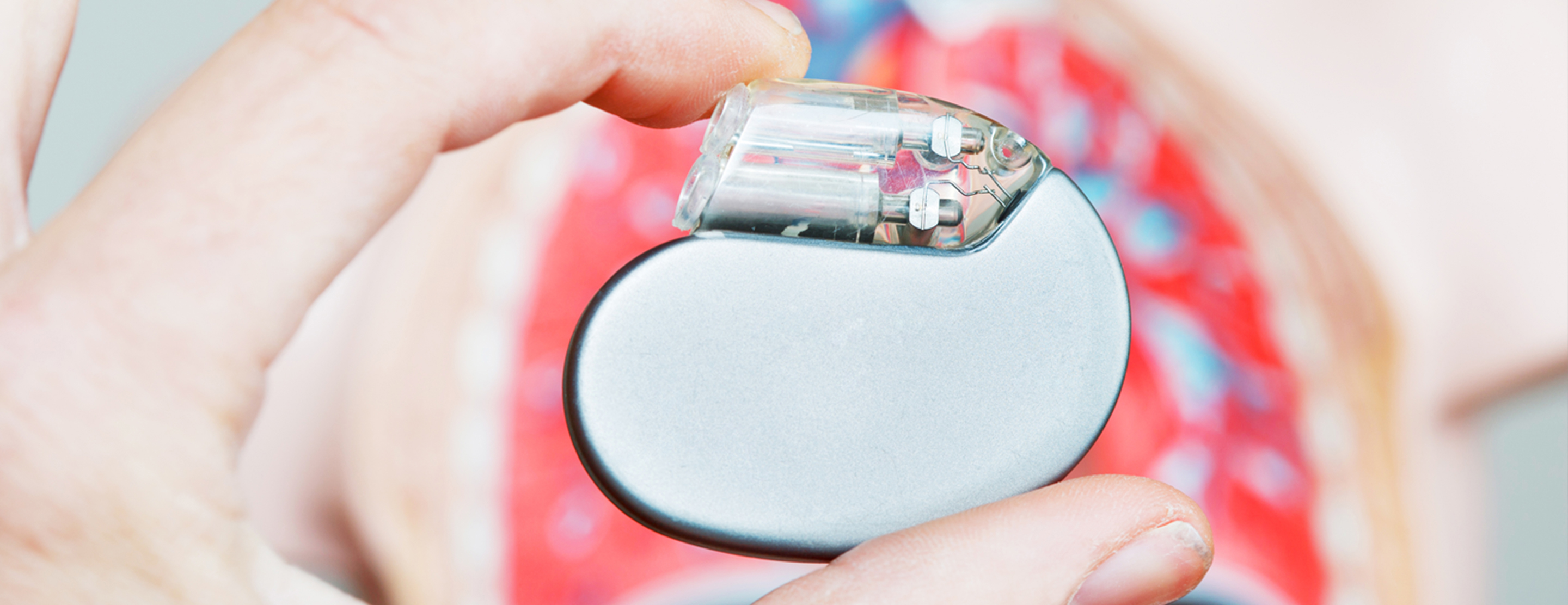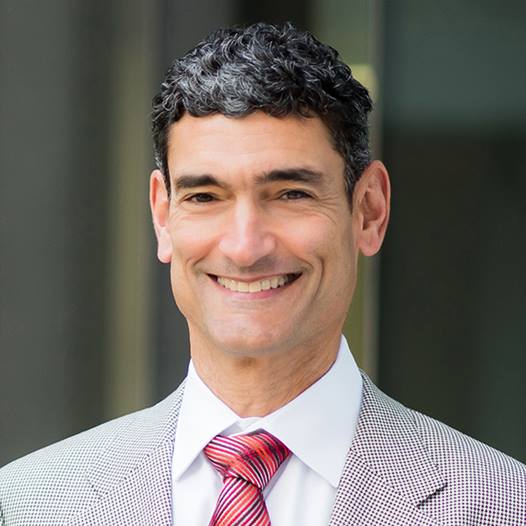One form of treatment for a very fast heart rhythm is to implant a device called an implantable cardioverter defibrillator (ICD), which is about the size of a deck of cards. The ICD is connected to specially coated wires, called leads, in the body.

Implantable Cardioverter Defibrillator
These small devices have two parts — a "pulse generator" that makes the electric shock and "leads," the wires that carry the electric shock to the heart. These devices sense when the heart is beating too fast and deliver a brief jolt of energy to the heart to restore a normal heartbeat.
Early models were considerably more bulky and required a more extensive operation to implant. Today's ICDs are small, lightweight and have many capabilities. Their batteries give them a service period often longer than five years.
New models store electronic pictures of a patient's heart rhythm and any therapy given, allowing the doctor to retrieve this information in the office and refer to it when making decisions about further treatment. The newest ICDs are sometimes called "tiered therapy devices," because they can provide a whole series of treatments, prescribed by the doctor for an individual, ranging from the gentlest to a strong jolt depending on the heart rhythm problem.
Each of these devices contains a pacemaker. Used to prevent a heart from beating too slowly, the built-in pacemaker can be activated by the doctor and remains constantly alert to the patient's heart rate, ready to do its job automatically whenever required.
Pacing doesn't produce a sensation and it's rare for people to be aware of it. Pacemakers are often used alone for patients with some rhythm problems.
Gentle, Low-Energy Treatment
When the problem is a rapid heartbeat, the ICD is ready. Its gentlest treatment for a fast rate is called antitachycardia pacing. In antitachycardia pacing, the ICD uses a special pacemaker to control the heart, rather than a shock. It is so gentle that patients are often unaware that it has been used. When choosing this method of treatment, the doctor always instructs the ICD to use a stronger therapy if antitachycardia pacing is not effective.
When useful, the doctor also can program the device to use low-energy shocks to restore the heart rhythm, instead of its most powerful shocks.
Maximum-energy Shocks
The doctor instructs the ICD to become more aggressive if the problem doesn't respond to low-energy shocks. The doctor can select maximum-energy shocks that provide the strongest therapy for a racing heart. When the ICD delivers this therapy, the patient will know it. People who have experienced it say it feels like a powerful shock.
With an ICD, this protection is standing by and ready for use.
UCSF Health medical specialists have reviewed this information. It is for educational purposes only and is not intended to replace the advice of your doctor or other health care provider. We encourage you to discuss any questions or concerns you may have with your provider.








